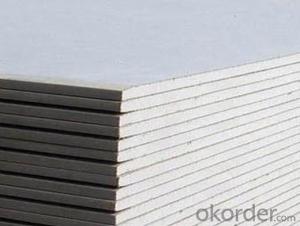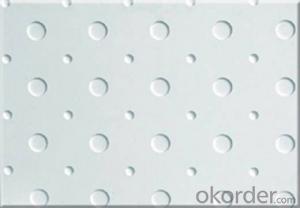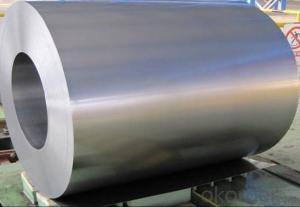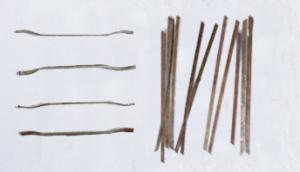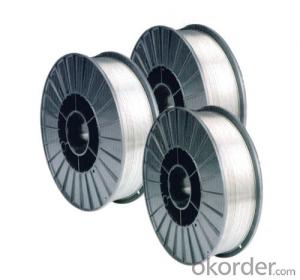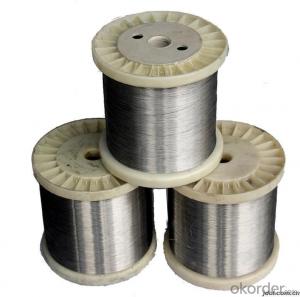Cheap Stainless Steel
Cheap Stainless Steel Related Searches
Best Inverter For Solar Panels Inverter Box For Solar Panels Inverter For Solar Panels Cost Fiberglass Panels For Roofing Foam Panels For Building Wall Lights For Bedrooms Geogrid For Retaining Wall Tar Paper For Roofing Wall Spotlight With Plug Woven Steel Mesh PanelsHot Searches
Price For Stainless Steel Scrap Scrap Price For Stainless Steel Price For Stainless Steel Cheap High Tea Sets For Sale Price Of Shipping Containers For Sale Stock Price For Aluminum Cheap Solar Cells For Sale Air Pump For Aquarium Price Inverter Size For Solar System Used Foam Board Insulation For Sale Price List For Building Materials Magnesium Oxide Board For Sale Hdf Board For Sale sintra board for sale Cheap Mini Laptops For Sale Plywood For Sale Cheap Cheap Washers For Sale Cheap Tall Vases For Sale Solar With Inverter Price Steel Mesh Panels For SaleCheap Stainless Steel Supplier & Manufacturer from China
Okorder.com is a professional Cheap Stainless Steel supplier & manufacturer, offers integrated one-stop services including real-time quoting and online cargo tracking. We are funded by CNBM Group, a Fortune 500 enterprise and the largest Cheap Stainless Steel firm in China.Hot Products
FAQ
- Will the annealed stainless steel become soft?
- The stainless steel hard silk by bright annealing treatment, that is, usually said "hydrogen retreat", forming a low hardness, hand can bend stainless steel wire, is called soft silk.
- There are several different types of stainless steel wire rope end fittings available, each designed for specific applications and requirements. Some common types include: 1. Wire Rope Clips: Also known as cable clamps or U-bolt clamps, wire rope clips are used to secure the ends of wire rope together. They consist of a U-shaped bolt and a saddle that holds the rope in place. They are commonly used in rigging and suspension systems. 2. Swage Fittings: Swage fittings are used to terminate wire rope by compressing it with a hydraulic press or swaging machine. These fittings provide a secure and permanent connection. Swage fittings come in various forms, such as swage studs, swage forks, and swage eyes. 3. Thimbles: Thimbles are used to protect the wire rope from abrasion and wear, particularly when passing through an eye or a loop. They are typically made of stainless steel and are available in different sizes and shapes, including standard thimbles, heavy-duty thimbles, and thimbles with gussets. 4. Turnbuckles: Turnbuckles are adjustable end fittings that are used to tension or adjust the tension of wire rope. They consist of two threaded eye bolts connected by a metal frame with a central turnbuckle that can be rotated to increase or decrease the tension. Turnbuckles are commonly used in applications such as rigging, fence installation, and sailboat rigging. 5. Hooks and Shackles: Hooks and shackles are used to connect wire rope to other objects or structures. They provide a secure attachment point and allow for easy detachment when required. These fittings come in various sizes and configurations, such as eye hooks, clevis hooks, and D-shackles. 6. Eye Fittings: Eye fittings are designed with an eye or loop at the end, providing a convenient attachment point for wire rope. They can be used for direct attachment or in conjunction with other fittings. Eye fittings are available in various styles, including eye bolts, eye nuts, and eye pads. These are just a few examples of the different types of stainless steel wire rope end fittings available. The choice of fitting will depend on the specific application, load requirements, and desired functionality. It is important to select the appropriate fitting that meets the necessary strength, durability, and safety standards for the intended use.
- There are primarily three types of stainless steel wire commonly used in electrical resistors: 304 stainless steel, 316 stainless steel, and 430 stainless steel. Each type has different properties and is suitable for specific applications. 304 stainless steel wire is known for its corrosion resistance and is commonly used in low-temperature applications. 316 stainless steel wire is highly resistant to corrosion and is often used in high-temperature and harsh environments. 430 stainless steel wire is magnetic and has good corrosion resistance, making it suitable for general-purpose applications.
- There are several different types of stainless steel wire rope grips available for various applications. These grips are used to secure and clamp wire ropes together, providing a reliable and secure connection. The different types of stainless steel wire rope grips include: 1. U-bolt wire rope grips: These grips consist of a U-shaped bolt that goes around the wire rope, and a saddle that fits over the bolt. The ends of the bolt are then secured with nuts, creating a tight grip on the wire rope. 2. Wedge-type wire rope grips: These grips have a wedge-shaped piece that is inserted into the grip body. When the nuts are tightened, the wedge is pushed into the wire rope, creating a secure grip. 3. Simplex wire rope grips: Simplex grips are designed for light-duty applications and have a simple design consisting of a single piece of metal with a curved shape. The wire rope is inserted into the grip, and the ends are secured with nuts, providing a tight grip. 4. Duplex wire rope grips: Duplex grips are similar to simplex grips but have an additional layer of metal, providing extra strength and security. They are commonly used in heavy-duty applications where a stronger grip is required. 5. Bulldog grips: Bulldog grips, also known as wire rope clamps, consist of a U-shaped body with a bolt and nut. The wire rope is inserted into the U-shaped body, and the bolt is tightened, gripping the wire rope securely. Each type of stainless steel wire rope grip has its own advantages and is suitable for different applications. It is essential to choose the right type of grip based on the specific requirements of the project, including the load capacity, environmental conditions, and the type of wire rope being used.
- Indeed, high temperature environments can accommodate the use of stainless steel wire. Renowned for its exceptional heat resistance properties, stainless steel proves to be a fitting choice for situations that involve elevated temperatures. Its capacity to endure extreme temperatures without compromising its strength or integrity is attributed to its high melting point. Consequently, stainless steel wire emerges as an optimal solution for industries such as aerospace, automotive, and manufacturing, where components face exposure to heightened temperatures. Moreover, the exceptional corrosion resistance of stainless steel wire further enhances its aptitude for high temperature environments.
- There are a few disadvantages of using stainless steel wire. Firstly, stainless steel wire can be more expensive than other types of wire, which can make it a less cost-effective option for certain applications. Secondly, stainless steel wire is not as easy to work with compared to other materials such as copper or aluminum, as it is harder and requires specialized tools for cutting and shaping. Additionally, stainless steel wire may have limited flexibility, which can be a drawback in certain projects that require more pliability. Lastly, stainless steel wire may be prone to corrosion in certain environments, especially in the presence of certain chemicals or high humidity conditions.
- Yes, stainless steel wire is suitable for wire rope connectors. Stainless steel is known for its high strength, durability, and resistance to corrosion, making it an excellent choice for wire rope connectors that require reliability and longevity in various applications.
- Indeed, safety barriers can utilize stainless steel wire. Stainless steel, renowned for its durability and resistance to corrosion, proves itself as an impeccable option for situations where safety and longevity hold great significance. By offering a sturdy and secure barricade, it withstands severe environmental circumstances and frequent usage. Furthermore, stainless steel wire's immunity to rust and corrosion guarantees its efficacy and aesthetic appeal throughout time. Whether employed industrially, commercially, or for residential purposes, stainless steel wire emerges as a dependable selection for safety barriers owing to its robustness, durability, and ability to withstand wear and tear.

